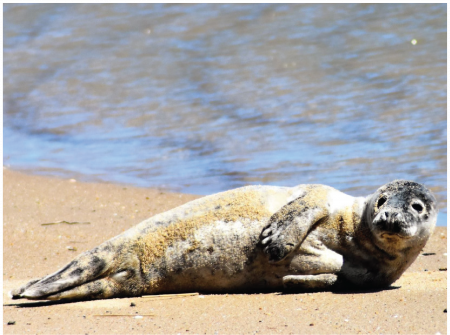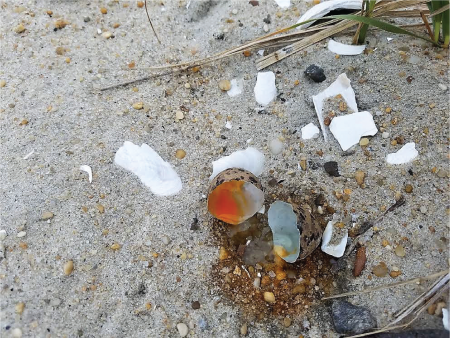Seaweed is increasing over time

Seaweeds, also known as macroalgae or algae, are a natural part of a healthy bay. They provide cover for crabs and fish, produce oxygen, and serve as a food source. However, an excess amount of seaweed can have significant impacts on bay habitat and organisms. The abundance, distribution, and composition of seaweed are affected by changes in nutrient inputs to the bays. As nutrient levels increase, seaweeds tend to replace the rooted seagrass because they are more efficient at taking up nutrients. A system with high seaweed abundance distributed throughout an area may indicate moderate nutrient loading. Dense accumulations of seaweed have been observed in the Maryland Coastal Bays and have caused shading of seagrass, decreased oxygen, and impeded recreational boating. Elevated seaweed levels in both Assawoman and Isle of Wight Bays led to a seagrass die-off (coupled with temperature stress) in 2015.
Seal Stewards

The Seal Stewards were established in 2012 through a partnership of the National Aquarium and the Maryland Coastal Bays Program. Their goal is to provide outreach and education on marine mammals in Mid-Atlantic waters, with a primary focus on responsible viewing. The Stewards now have 63 volunteers that have responded to over 30 haul outs.
Bird Islands

The islands and shallow waters of the Coastal Bays have historically provided wonderful habitat for colonial waterbirds. However, the islands are eroding at a rapid rate and more birds are squeezed into smaller areas, which causes increased predation pressure. Island restoration is more important than ever to keep the terns and skimmers on our shores.
